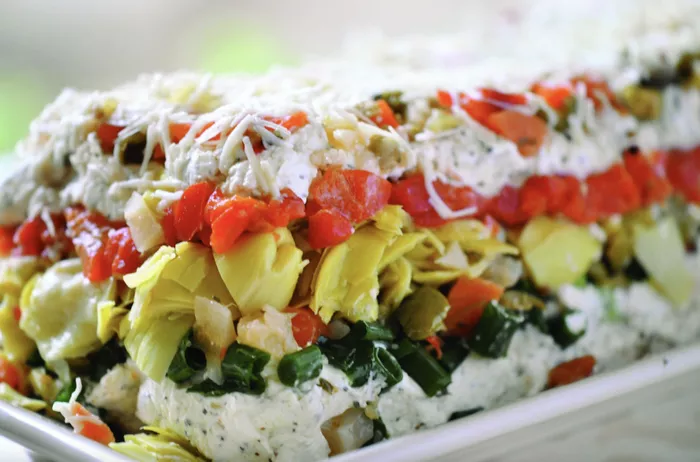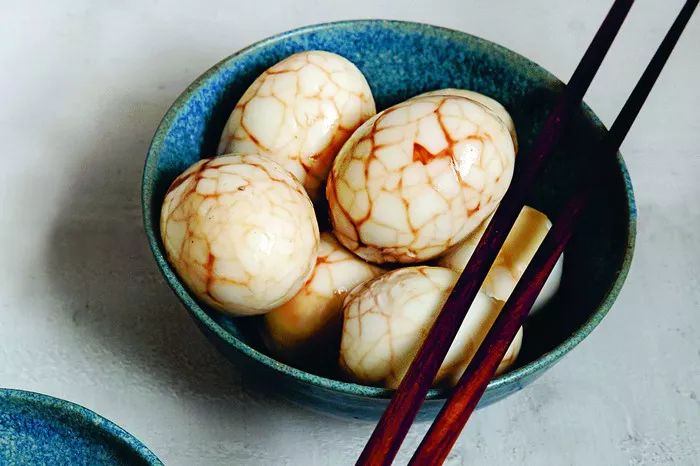Christmas is a time of joy, warmth, and delicious food. One of the most cherished traditions of the holiday season is the gathering around the table to savor the finest culinary delights. As the festive season approaches, families and friends eagerly await the moment when they can indulge in the most popular Christmas dish. From roasted delights to sweet treats, the world offers a myriad of mouthwatering options to grace your holiday table. In this article, we’ll explore the top Christmas dishes that have captured hearts and taste buds across different cultures.
1. Traditional Roasts
Roast Turkey:
The classic roast turkey takes center stage in many Western households during Christmas. With its golden-brown skin and succulent meat, the turkey embodies the spirit of abundance and togetherness.
Roast Ham:
In some parts of the world, like the United Kingdom, roast ham steals the spotlight. Glazed with a mixture of honey and spices, a beautifully cooked ham adds a touch of sweetness to the festive feast.
Roast Goose:
In Germany and other European countries, roast goose is a favored choice. Its rich, flavorful meat pairs perfectly with hearty sides and aromatic stuffings.
2. Festive Seafood
Italian Seven-Fish Feast:
Across Italy, the Feast of the Seven Fishes, known as La Vigilia, brings a seafood bonanza to the Christmas Eve table. From calamari to cod, a variety of seafood dishes symbolize different aspects of the holiday.
Bacalao:
In Spanish-speaking countries, bacalao, or salted cod, is a beloved Christmas dish. Cooked with various ingredients like tomatoes, onions, and olives, this dish offers a unique blend of flavors.
3. Global Sweet Delights
Yule Log Cake (Bûche de Noël):
Originating in France, the Yule Log cake is a delightful dessert that resembles a wooden log. With sponge cake, chocolate buttercream, and creative decorations, it’s a treat for both the eyes and the taste buds.
Panettone:
Italy’s panettone is a sweet bread that’s studded with candied fruits and raisins. This fluffy treat is enjoyed during the Christmas season and often gifted to loved ones.
4. Cultural Variations
Tamales:
In Latin American countries, tamales take the spotlight. These corn-based treats are filled with savory or sweet fillings, wrapped in corn husks, and steamed to perfection.
Sushi in Japan:
Interestingly, in Japan, a unique Christmas tradition involves enjoying sushi on the holiday. The vibrant colors and fresh flavors of sushi make it a festive and modern option.
5. Vegetarian and Vegan Options
Stuffed Bell Peppers:
For those seeking a vegetarian delight, stuffed bell peppers filled with a mix of rice, vegetables, and aromatic spices offer a burst of flavors and colors.
Vegan Nut Roast:
A vegan nut roast made with a blend of nuts, grains, and seasonings provides a hearty and satisfying centerpiece for plant-based holiday feasting.
Conclusion:
As annual christmas, the question of the most popular Christmas dish takes us on a global gastronomic journey. From the traditional roasts that evoke a sense of nostalgia to the innovative sweet creations that tickle our taste buds, Christmas dishes unite us in the joy of sharing and celebrating.
FAQs about Popular Christmas Dish:
FAQ 1: What is the significance of traditional roasts during Christmas?
Answer: Traditional roasts, such as roast turkey, ham, and goose, hold cultural and symbolic significance during Christmas. These dishes have historical roots in various cultures, representing abundance, celebration, and togetherness. Roasting a large bird or ham has become a ritual that brings families and friends together to share a festive meal.
FAQ 2: Why is the Feast of the Seven Fishes celebrated during Christmas Eve?
Answer: The Feast of the Seven Fishes, celebrated in Italy and Italian-American households, is a tradition rooted in Roman Catholicism. It’s a vigil meal held before Christmas Day, involving the consumption of seven different seafood dishes. The number seven represents the seven sacraments of the Catholic Church. The feast also serves as a way to abstain from meat before the Christmas Day feast.
FAQ 3: What makes the Yule Log cake a popular Christmas dessert?
Answer: The Yule Log cake, also known as Bûche de Noël, is a popular Christmas dessert due to its visual appeal and rich flavors. Shaped like a log, it evokes the tradition of burning a Yule log during winter celebrations. The cake’s combination of sponge cake, chocolate buttercream, and decorative touches makes it an exquisite centerpiece that delights both the eyes and the palate.
FAQ 4: How did the tradition of enjoying sushi on Christmas develop in Japan?
Answer: The tradition of eating sushi on Christmas in Japan is relatively modern and stems from a successful marketing campaign by a Japanese restaurant chain in the 1970s. The campaign portrayed eating fried chicken and sushi as a way to celebrate Christmas “American-style.” Over time, sushi became associated with the holiday season, and now many Japanese families enjoy it as part of their Christmas celebrations.
FAQ 5: What are some creative vegetarian and vegan Christmas dish options?
Answer: Vegetarian and vegan Christmas dishes have gained popularity due to dietary preferences and ethical considerations. Stuffed bell peppers filled with a medley of vegetables and grains offer a colorful and flavorful option. For vegans, a nut roast made from mixed nuts, grains, and seasonings provides a satisfying and protein-rich centerpiece for the holiday table.
FAQ 6: Are there any unique regional Christmas dishes from lesser-known cultures?
Answer: Yes, there are several lesser-known regional Christmas dishes that offer a unique culinary experience. For example, in parts of Mexico and Central America, tamales are a cherished Christmas tradition. These steamed corn husks filled with various fillings, such as meat, cheese, or vegetables, reflect the local flavors and cultural heritage of the region.
FAQ 7: How do cultural variations impact the choice of Christmas dishes?
Answer: Cultural variations play a significant role in the choice of Christmas dishes. Different regions and countries have their own culinary traditions and preferences based on local ingredients, historical influences, and religious practices. These variations result in a diverse array of Christmas dishes worldwide, showcasing the richness of global gastronomy.























